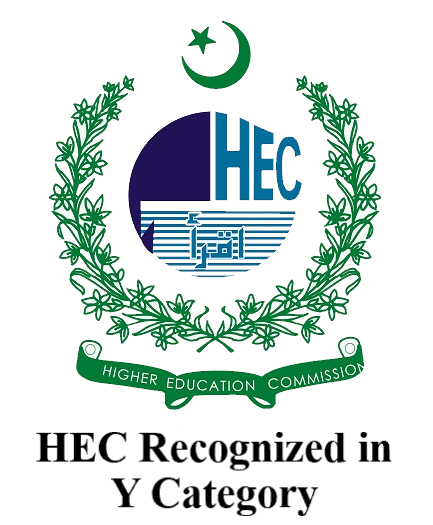A Study on Marital Satisfaction among Pakistani Women; Role of Dowry and Demographics
DOI:
https://doi.org/10.71016/hnjss/6axr9c30Keywords:
Marital Satisfaction, Dowry, Married Women, PakistanAbstract
Aim of the Study. This research investigated the impact of dowry demanded, dowry at marriage, occupational status, family system, marriage type, age at marriage, educational attainment, duration of marriage, and number of children on marital satisfaction.
Method. The Enrich Marital Satisfaction Scale (EMS) was filled by 486 married women from Pakistan's Punjab area who were chosen through purposive sampling convenient technique (Fowers & Olson, 1993).
Findings. The findings demonstrated that there was a significant statistical difference between the two groups in marital satisfaction those who are being demanded by dowry and those who are not demanded dowry by their in-laws at time of marriage. Analysis on based of dowry revealed that the difference in the marital satisfaction was statistically non-significant on dowry given and without dowry given. Among the demographic factors, the impact of employment status and family system was statistically significant on marital satisfaction. Separately, we determined that the impact of age at marriage, educational attainment, marriage duration, and number of children had a non-significant impact on the marital satisfaction. Accordingly, it was demonstrated that age difference from spouse had significantly negative correlation with marital satisfaction.
Conclusion. There should be prevention of dowry system as well as stress on the proper enforcement of law against dowry traditions.
Downloads
Published
Issue
Section
License
Copyright (c) 2022 Umm e Habiba, Prof. Dr. Anila Kamal (Author)

This work is licensed under a Creative Commons Attribution-NonCommercial 4.0 International License.








